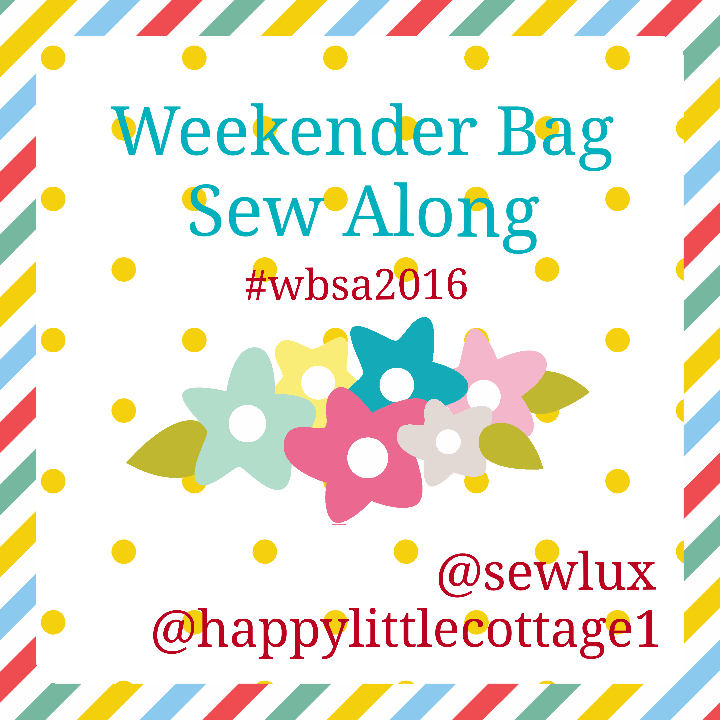Alright, so I got the side pockets sewn on to the middle zipper panel, so now I need to make the bottom panel:
I decided to steal Annie's idea from the Ultimate Travel Bag Craftsy Class, and I'm using buttons as purse feet. Other peeps have recommended 6 purse feet, so that's what I did. I bought big flower buttons, and then used a glue stick to temporarily stick a plain round red button on top to add additional height. Then I sewed them on using my older/other machine which has all the fancy stitches so I could do a stationary zig-zag in the button holes:
I tried out white & red thread, and although I thought the white was cuter, I also figured it would get dirtier. Thus I went with red. I also wanted to point out that I had to eventually rip out and then re-sew the 4 outer buttons so that they were placed farther in toward the center; I didn't realize that the bottom panel actually curves up the side panel after we attach the main panel. Therefore, they ended up 2 1/2" in from the short edges. I would recommend doing that the first time :-)
Also, I don't like Amy's fiddly instructions for the bottom. I read them a few times, and I got tired of trying to figure it out. So I'm just making the bag bottom with interfaced linen and foam, and at the end will make a false bottom out of foam core for stability. I think that should work, and will take out that extra crazy sub-step in Step 11 wherein Amy advises that once you get the layered Peltex into the bottom before you sew in the final panel, to take even MORE caution when sewing this thing together. Yeah, no thank you.
Speaking of layers, take a look at what I got to sew through when I attached the bottom panel to the zipper panel:
That there is 3 layers of Flex Foam, 3 layers of canvas, and 3 layers of interfaced linen. Surprisingly, my machine only skipped a stitch once, and that was near the middle. I did squish the material as I went, but I was still pleasantly surprised.
So with the zipper and bottom panels together, I could really see how sturdy this thing is:
So now, on to the infamous Step 11, wherein madness awaits! Let's sew this thing to a main panel, shall we?
Yeah, fun times. A word about the clips you see in my pic. These are knock-off Wonder Clips I got on Amazon at the amazing bargain price of 100 for $10. I already had 10 of the real WC's from Clover, and loved them so much that I wanted to buy more. But I'm kind of cheap financially responsible, and I just couldn't spend the kind of money Clover wants for just some plastic clips! Well. Some of these cheapo clips popped off during this step and/or slipped off the bottom layer. I replaced them with the real WC's, and there were no further issues; the grip was tight and sure. Final thoughts: the Cheapos will be wonderful for normal projects like clipping quilt binding, but for times like this where you're wrangling a gazillion layers of thick materials through your machine, Clovers are the way to go (aka, you get what you pay for).
Anyway, I found out how sewing can qualify as an arm workout. I thought others were exaggerating when they would claim soreness after this step. Really? It's just sewing. Um, yeah. Because of the stiffness and bulk of the bag, and the shiftiness of my Cheapo clips, I struck some exquisite yoga poses while trying to keep the raw edges even, keep the needle from going through the cording in the piping on the other side while still staying close to it, squishing down the fabric in front of the needle to prevent skipped stitches, and wrestling the bag body out of the way.
But I persevered, and once I got that first set of stitches on, it wasn't too difficult (relatively speaking) to go back and identify where I needed to re-do the stitch lines, which was basically everywhere. I suggest flipping it right side out several times just to make sure that piping is how you want it before you declare this part done:
YAY! So next post, I should have a completed Weekender exterior to show off! :-)



















































